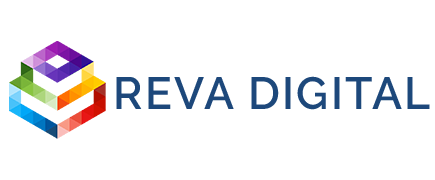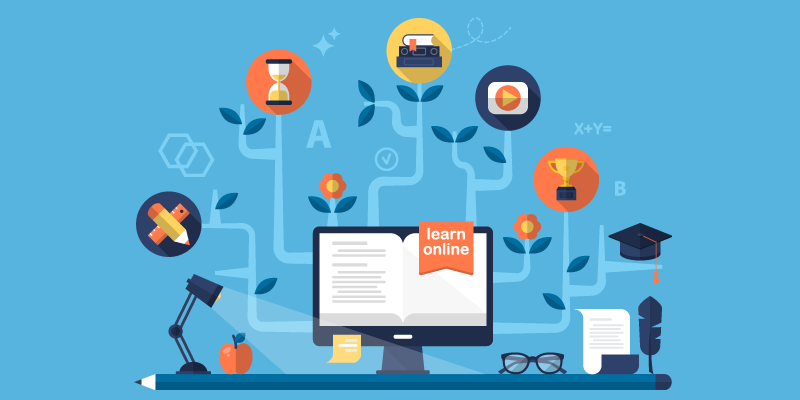To ensure an efficient, productive workflow it is important to ask the appropriate questions before starting a new instructional design project. While it may be tempting to skip the Analysis and Design phase and head straight for Development, doing so will almost guarantee that limited resources and time will be wasted on revisions from miscalculations. Here are 10 questions to ask before starting an instructional design project.
-
Behavioral/Cognitive changes
How will the learner demonstrate their knowledge? Determine the desired behavioral/cognitive development in the initial stages of developing a project. Use this information as a guideline when researching content and assessment strategies.
-
Timeline/Budget.
How long will the course take to complete? How long do you have to deliver the final product? Does the client have a strict budget/timeline? Establishing deadlines minimizes the frequency of revisions and maintains momentum in small and larger projects. When creating your schedule, always take into account “life” events such as vacations, illnesses, other projects, etc.
-
Audience.
Before beginning any new instructional design project, it is important to know who the project is being designed for. Establishing a user persona helps you to target your focus particularly when it comes to tone, language, cognitive level and design aesthetic.
-
Delivery Methods.
Will the lesson be administered via a Learning Management System, at home, face-to-face at work, in the classroom or online? What software will be used to deliver content? Make sure that when you’re deciding how to deliver the lesson you keep things as simple and accessible as possible. Inexperienced instructional designers may overcompensate with media and interactivity for what they lack in pedagogical knowledge. Fancy and complicated does not necessarily guarantee a more effective learning experience.
-
Personal expertise.
What skills of your own will you be using to develop this project? Accessing your personal reservoir of knowledge, skills and experience not only saves money, but it also saves a lot of time. Knowing your strengths and weaknesses also makes the process of gathering your team of experts a lot easier.
-
Audience attitudes.
How does your target demographic feel about the program you are developing? Great design can only go so far if the audience is not emotionally invested or motivated enough to care about the rewards of the learning experience. Discuss with your client ways to increase learner engagement and ensure that what they want to create satisfies the needs and expectations of their target audience.
-
Why?
Why is this project being commissioned? Are you solving a unique instructional problem or are you reinventing the wheel? If your design problem has been addressed many different times before, do ample research on ways that you can create something that stands out.
-
Who is your squad?
Assembling a team of subject matter and skills experts is one of the most difficult yet rewarding challenges when starting a new project. The right team will save you time and money and increase overall productivity. Choose individuals who not only have the appropriate hard skills but have well-developed soft skills for timely and effective communication.
-
Content Research.
Knowing where to find information is just as important as determining what information will be used. If your client does not provide you with the lesson content be sure to use accredited resources. These types of resources can come from peer reviewed books, organizations specializing in the subject content, academic institutions, and government agencies.
-
Similar projects.
Are there other projects that can be used as a reference? Reinventing the wheel isn’t always a bad idea, especially if you or members of your team have little experience with certain aspects of the instructional design process. Let’s face it, with the proliferation of courseware that is available on the Internet, you’re more likely than not to be approached with a project that has been addressed in the past, and in a variety of ways. Develop new strategies and methodologies for solving old problems.

